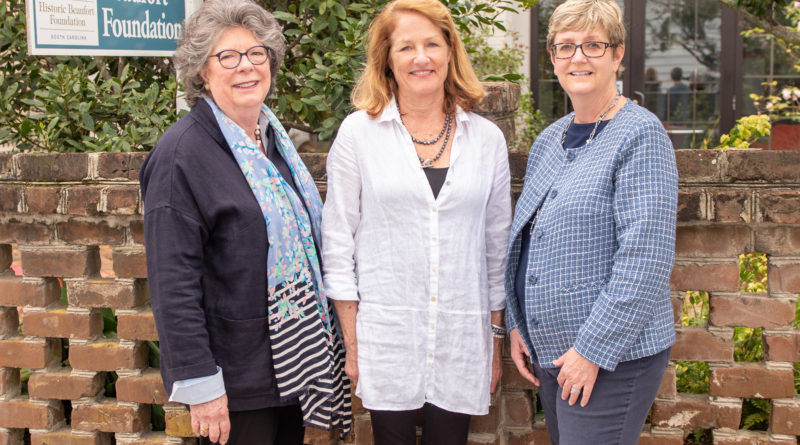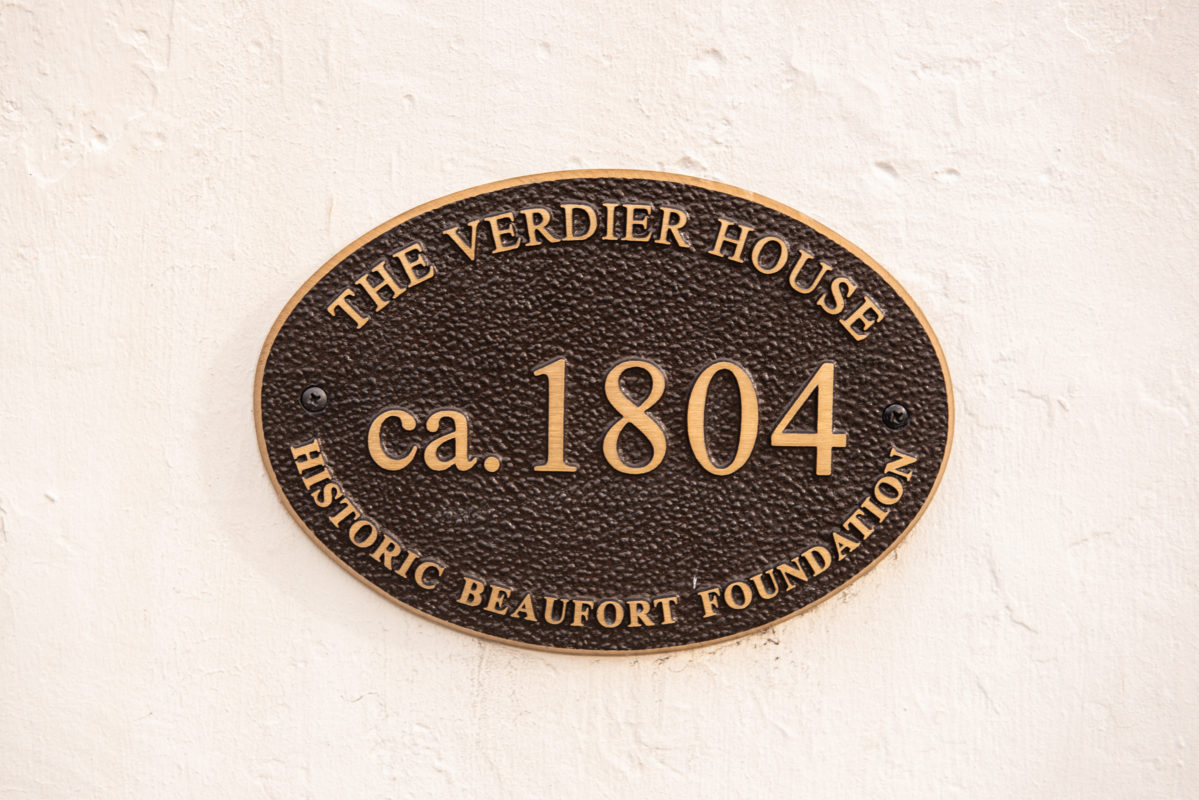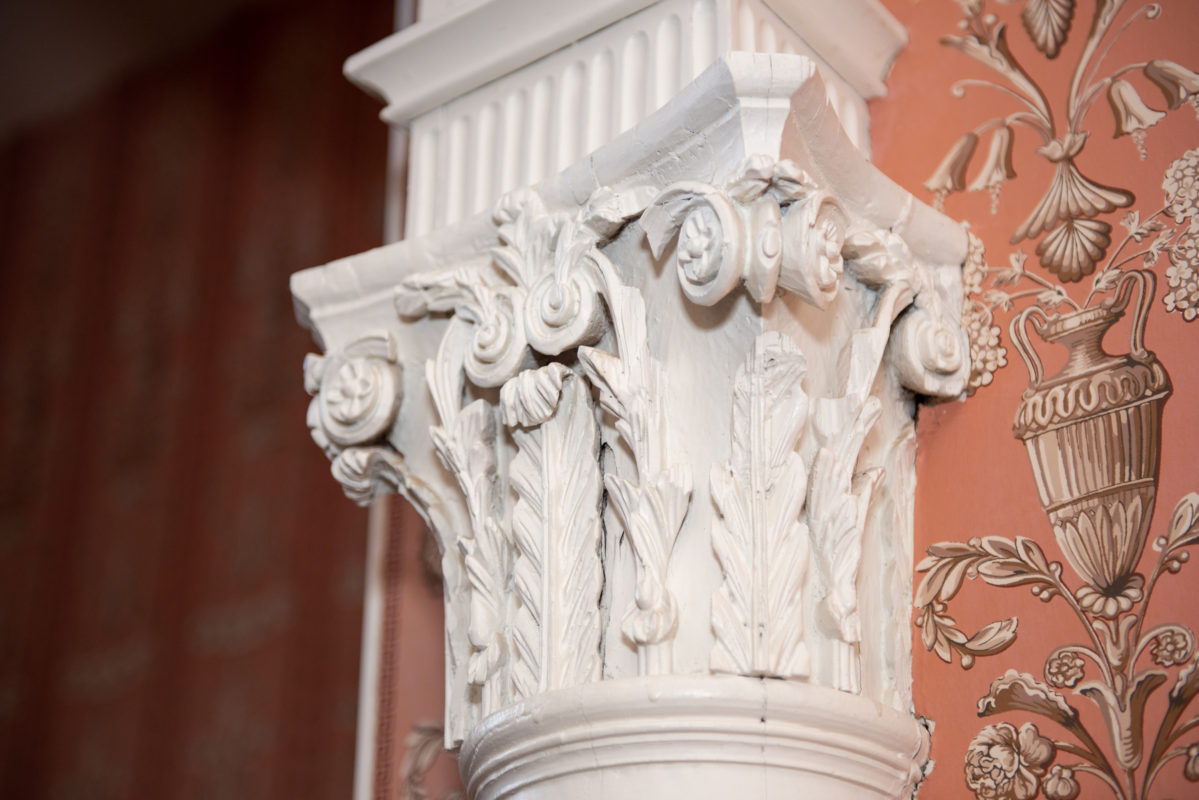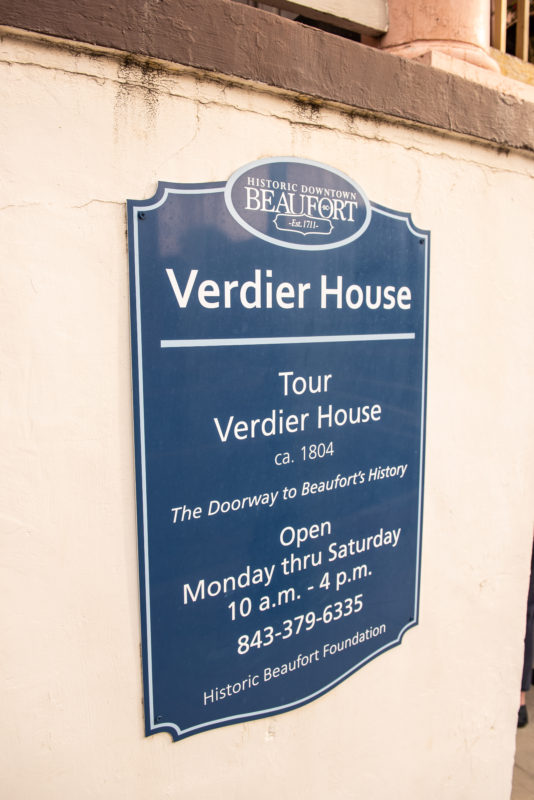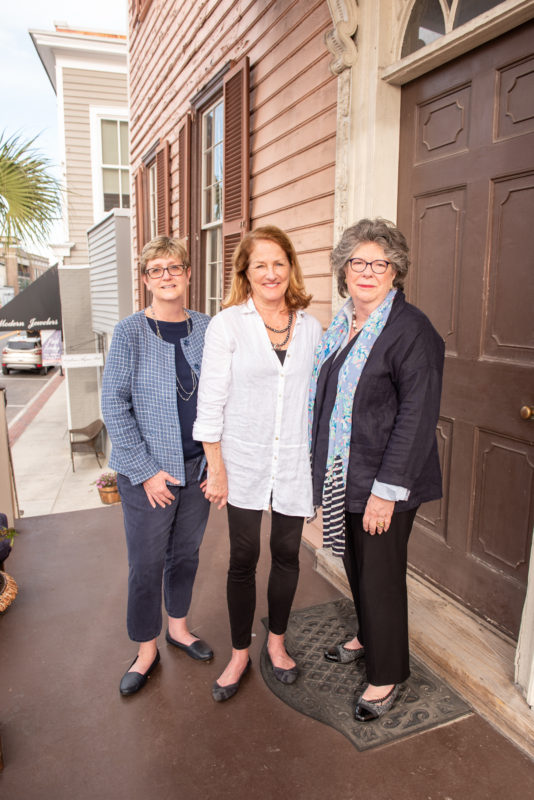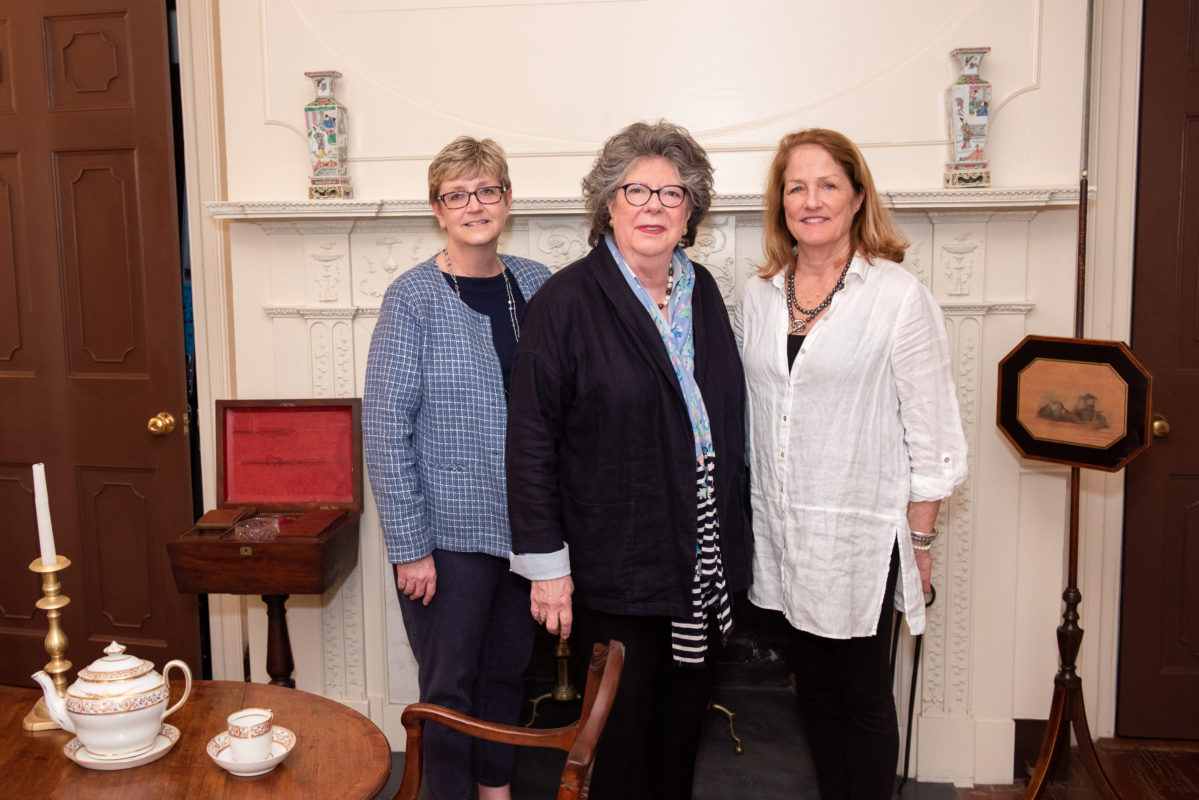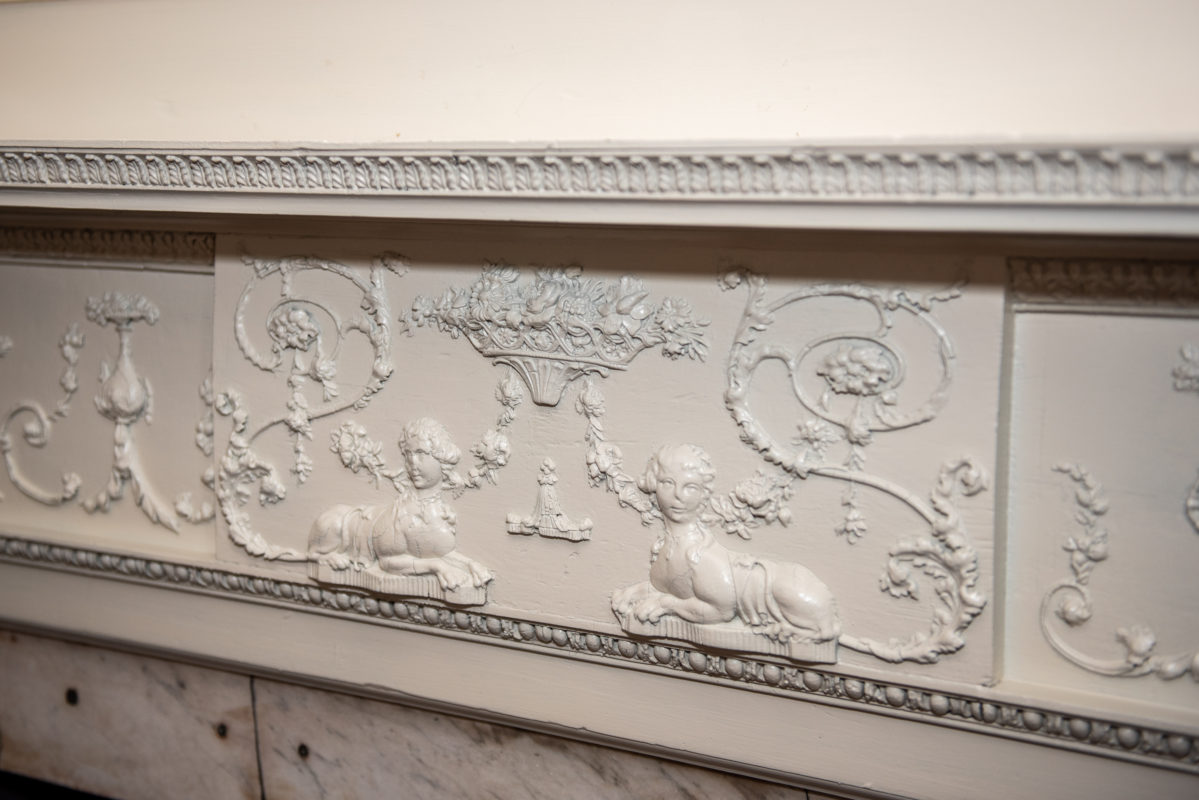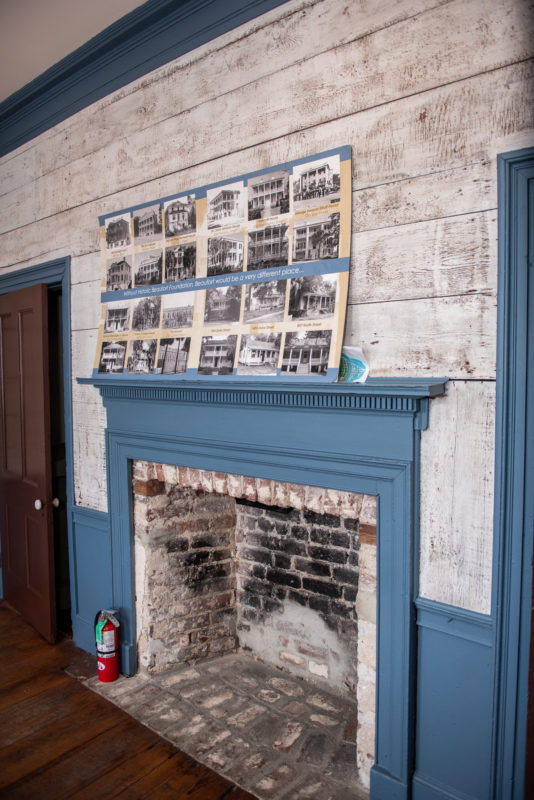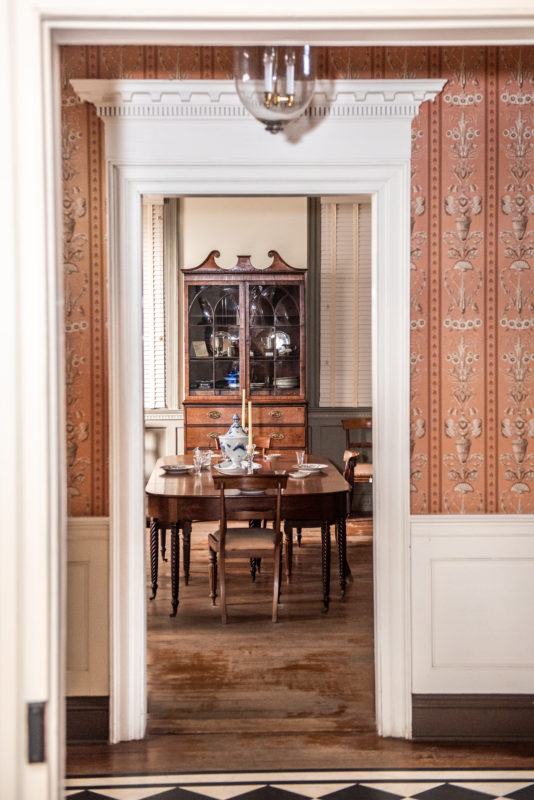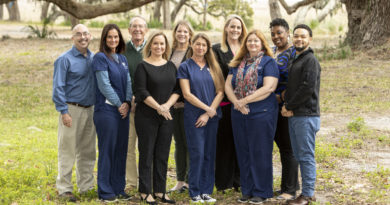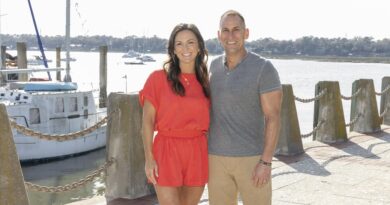HISTORIC BEAUFORT FOUNDATION
Preserving Our Past and Protecting Our Future
story by KAREN SNYDER photos by CHARLOTTE BERKELEY-STANGE
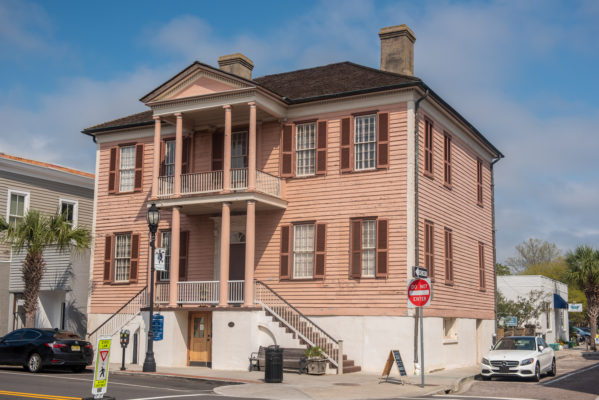
With its salmon-colored exterior and its gracious antebellum architectural style, the Verdier House on Bay Street has come to represent the heart of Beaufort and the history of our beloved Lowcountry. Indeed, the house’s rich and storied past launched an effort more than 50 years ago to not only preserve the home but the city itself.
Today, Beaufort’s National Historic Landmark District, one of only four in South Carolina, encompasses some 304 acres with almost 500 historic structures. But it was the initial rescue from demolition in the 1940s of this singular home (ca. 1804) built by John Mark Verdier, a merchant, planter, and trader of indigo and sea island cotton, that propelled the preservation efforts and the important work of what is now the Historic Beaufort Foundation (HBF).
At its helm is Executive Director Cynthia Jenkins, who first came to Beaufort 40 years ago. Part of a new leadership “dream team,” which includes Maura Connelly and Lise Sundrla, Jenkins returned to HBF five months ago. She once again leads the organization, having served as its first paid professional director in 1986. All three women bring a wealth of combined experience in nonprofit management, local planning, merchant relations, and, most importantly, historic preservation.
“As previous staff began to retire, it was time for us to examine the role of the Historic Beaufort Foundation and how it will move forward into the next 50 years,” explains Jenkins. A retired professor of historic preservation and former director of the Preservation Society of Charleston, Jenkins is well aware of the challenges ahead.
“We are currently in a ‘reimagining campaign’ for both the Verdier House and the Foundation. We have a unique opportunity to reimagine not only the uses and programming of the Verdier House, beyond the current house museum but to strategically map the future of the Foundation.” To guide this effort, the Foundation is coordinating a series of visioning and strategic planning meetings, seeking feedback from board members, docents, volunteers, members, and community members.
The Verdier House has a varied past, including local lore, which says Marquis de Lafayette addressed the townspeople from its portico in 1825 as part of his Southern tour. The house served as Union headquarters during the Civil War and, in more recent times, as the site for Beaufort’s first telephone company, an art studio, and a tavern.
The house remained in the Verdier family until the 1940s when it fell into total disrepair and was targeted for demolition. A concerned group of citizens and visionaries successfully called for efforts to “Save the Lafayette Building.” This group eventually became the Historic Beaufort Foundation in 1965. Today, the Foundation is once again calling upon Beaufortonians and preservationists to participate in HBFs “Paint the Lady” campaign to renovate the home. HBF is over halfway through the campaign’s goal to raise $300,000 to complete exterior repairs, conduct a historic paint analysis, and repaint the exterior of the house. Jenkins reports that minor repairs to the building’s porches began last month and hopes to begin the major exterior repairs and painting in late summer as paint analysis and fundraising efforts are underway.
Yet, the renovation of the Verdier House is just one small part of the future vision and work of the Historic Beaufort Foundation. “We play a pivotal role in the Beaufort that we pass down to future generations,” Jenkins asserts. “We want to be sure that the Beaufort we inherited is the same one we pass along — one that has the same sense of place, character, setting, and architecture that defines us here in the Lowcountry.”
HBF holds firm to its mission “to support the preservation, protection, and presentation of sites and artifacts of historic, architectural, and cultural interest” by advocating for historic preservation, and addressing zoning, planning and infrastructure issues while considering the impacts of population growth on Beaufort’s roads and transportation systems as it relates to its historic setting.
“Some 35-40 years ago, people wanted Beaufort to be more like Charleston. Now, we’re asking ourselves how not to be like Charleston,” adding “it’s cultivating and maintaining a working relationship with the Mayor and City Council, our members, and the citizens of Beaufort that will ensure Beaufort’s architectural integrity and manage its growth into the future. Communication, respect, and shared advocacy are vital to the success of an integrated preservation program that looks to preserve our past while also promoting our future.”
In addition to the paid leadership team and four museum docents, the Foundation relies on the dedication of 13 volunteers at the Verdier House museum, 400 volunteers who manage and participate in various tours and events throughout the year, and a membership base of more than 600 people to accomplish it goals. “This year, we will add a student membership category to encourage interest among our youth in local historic preservation efforts,” says Jenkins.
In addition to various grants, HBF keeps a busy calendar of educational events and fundraisers tantamount to accomplishing its mission. One much-anticipated event is the “Lafayette Soiree” to be held on April 25th at the William Fripp House, Tidewater. For more than 35 years, the Foundation has hosted this premiere event and elegant gala at a historic property, featuring Lowcountry cuisine, music, and silent auction.
Coming in May is a new program called “A Journey to Old Salem: Behind the Scenes with Cynthia” May 27-29 (reservations limited) in which participants will travel to Old Salem in Winston-Salem, NC and the Museum of Early Southern Decorative Art (MESDA), the only museum in the world dedicated to southern decorative arts.
Perhaps one of the most popular annual HBF fundraisers is the Fall Festival of Houses & Gardens to be held on October 23, 24, and 25. Locals and visitors have the rare opportunity to view some of Beaufort’s private historic houses and gardens not normally open to the public and representing some three centuries of architectural styles. The three-day weekend tour includes a walking tour of the historic district on Friday, a “Ramble Around Beaufort” driving tour on Saturday, a kitchen and cuisine tour on Sunday featuring local chefs preparing tapas in private area kitchens, and a “Wine Down” evening event of hand-picked wines enjoyed on the grounds of one of Beaufort’s historic homes.
Those interested in modern architecture are not forgotten with HBFs annual Architects’ Tour hosted each March to celebrate the distinctive contemporary architecture designed and presented by some of Beaufort’s most accomplished architects and representing Beaufort and the Lowcountry in the 21st century.
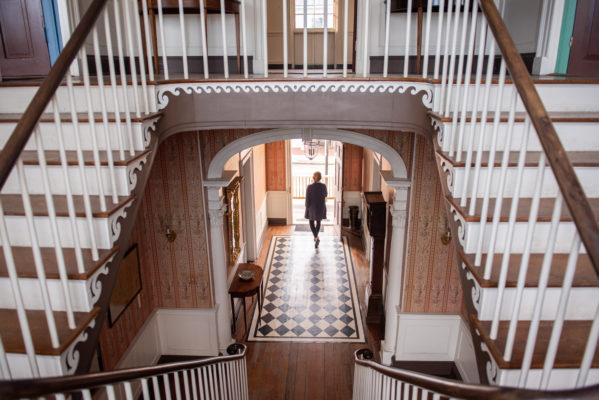
Jenkins is firm in her resolve to maintain Beaufort as the special Southern town it is. “It’s been an evolution beginning with Mayor Henry Chambers who sought to preserve and protect the character of Beaufort through zoning he put in place in 1972 and the establishment of the Historic District Review Board, a rarity at that time.” In 1979, the Beaufort Preservation Manual was created, says Jenkins, to preserve Beaufort’s unique style.
“It’s what we’re known for,” she explains, “residences set back on wide lawns with their Southern orientation, many times T-shaped, with raised tabby and brick foundations, low-pitched roofs, and piazzas extending along three sides of the house to welcome Lowcountry breezes.”
She reminds us, “Up until the Civil War, Beaufort’s homes were primarily summer retreats for plantation owners and were built on high foundations to address rising sea levels,” she adds, “a concern we still have today.”
Today, says Jenkins, the City of Beaufort and HBF still rely on design guidelines known as the Milner Report or The Beaufort Preservation Manual, first developed in 1979 by John Milner Associates, in evaluating any projects within Beaufort’s National Historic Landmark District to ensure its adherence to the U.S. Secretary of Interior’s Standards for Rehabilitation. To date, the Historic Beaufort Foundation has directly assisted with the rescue and rehabilitation of over three dozen historic buildings.
Historic Beaufort Foundation works hard to maintain and preserve the character of the city in all historic neighborhoods. One important focus is the Northwest Quadrant, a neighborhood that for generations, has been the center of Beaufort’s African-American community. “We want to help property owners in their efforts at rehabilitation and preservation,” says Jenkins, “and one way we can help is to assist and educate.”
One example of this type of outreach is a workshop on the “Historic Tax Credit,” which was recently hosted by the Foundation with the city of Beaufort and presented by the S.C. Department of Archives and History, to promote future renovation projects and inform property owners about the lucrative tax credits available for historic preservation.
Understanding why the Historic Beaufort Foundation does what it does is simple. Says Jenkins, “People come to Beaufort for its waters and its history. We know that’s what brings people here. And, we want it to continue to bring people here for those same reasons well into the future.”
To learn more about upcoming events or to support the work of the Historic Beaufort Foundation, visit the Foundation on social media and at www.historicbeaufort.org.

